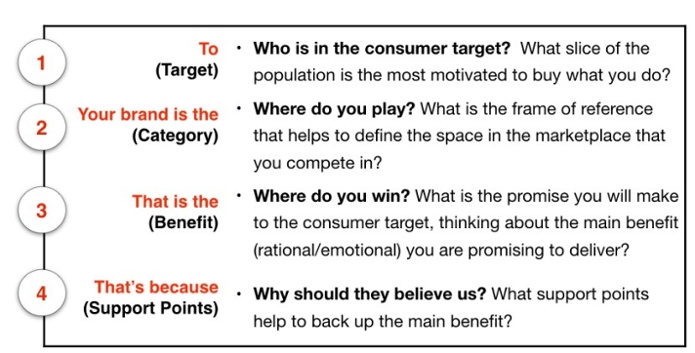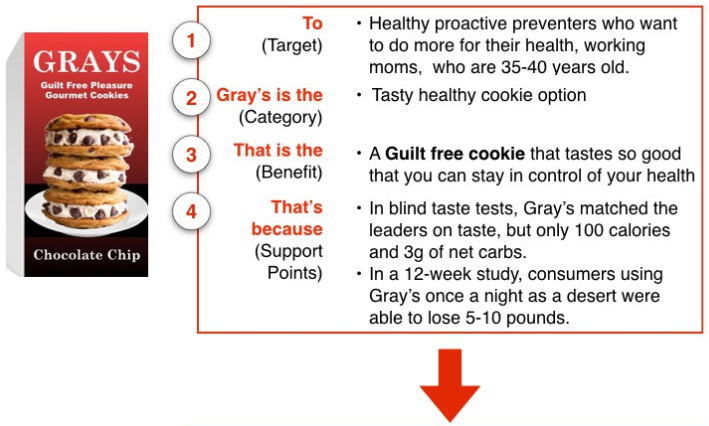
A week or so ago, we talked about inclusivity and the importance of defining your target audience. Today, we’ll talk a bit about the very important role that the target audience plays in another crucial component of marketing: Positioning.
What is it? There was a great book published back in 2001 called “Positioning: The Battle for your Mind,” by Al Ries and Jack Trout. It emphasized the importance and impact of companies taking a unique position in the market, and at the risk of over-simplifying things a bit here, it's "the process of defining the position held by a product or brand in the mind of consumers, in comparison to its competitors.” Trout and Ries went onto say that positioning “is based on the concept that communication can only take place at the right time and under the right circumstances.”
According to HubSpot, and I agree wholeheartedly, “positioning influences everything your business presents and shares about your product and brand with your target audience. Your internal teams benefit greatly from effective positioning, too — it helps sales reps, marketers, and service and support teams create more delightful and on-brand experiences for customers.” For banks, for instance, positioning defines and drives the consumer touch/engagement points across your target’s entire experience, from print ad, website, and Twitter feed to both your online/mobile and in-branch banking experiences.
So, now what? We develop a “positioning statement,” which will ensure that our marketing messaging stands out, resonates with target consumers, and compels them to take action. And, we’ll articulate this in the simplest terms possible; by answering four simple questions:
- Target Market: What target audience are you attempting to attract?
- Market Definition: In what category is your brand competing?
- Brand Promise: What main benefit distinguishes you from your competition?
- Reason to Believe: What compelling evidence supports your brand promise?
I found what can serve as a pretty good illustration of the positioning process, courtesy of Element7 Digital. 
Now let’s see how this template can be used to build a brand positioning statement for a make-believe brand called GRAYS Cookies:

The Result - A Positioning Statement for GRAY'S Cookies
For the healthy proactive preventers, who want to do more for their health, Gray’s is a guilt-free cookie that tastes good yet allows you to stay in control of your health. That’s because in blind taste tests, Gray’s matched the leaders on taste, but with only 100 calories and 3g of carbs. In fact, in a 12-week study, consumers using Gray’s once a night as a desert were able to lose 5-10 pounds.
Now, go. Write that Positioning Statement!
Here’s the thing — or one of the things, anyway — about positioning... and it's very important. Whether you develop a positioning for your brand or not, you have one. And that’s because it will just “happen” on its own, if you don’t wrangle it. Don’t let that happen. It may not be what you want it to be.
As always, this is not intended to be an MBA level marketing course. Honestly, a truly thorough discussion of positioning alone could constitute a 3-credit college course. The intent here is to introduce you to the concept, some of the principles and, hopefully, enough inspiration that you’re motivated to take on this challenge. If you do devote the time and energy required, you will quickly find that you now have a roadmap that can take your business far into the future.
About Bank Marketing Center
Here at BankMarketingCenter.com, our goal is to help you with that vital, topical, and compelling communication with customers; messaging that will help you build trust, relationships, and revenue. In short, build your brand. To view our campaigns, both print and digital, visit BankMarketingCenter.com. Or, you can contact me directly by phone at 678-528-6688 or email at nreynolds@bankmarketingcenter.com. As always, I would love to hear your thoughts on this subject.